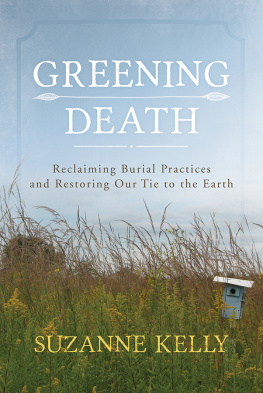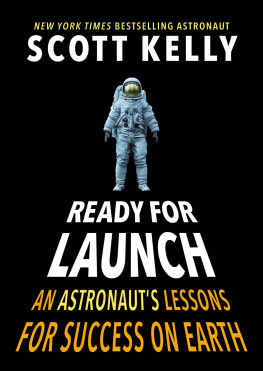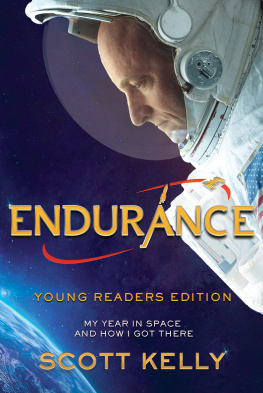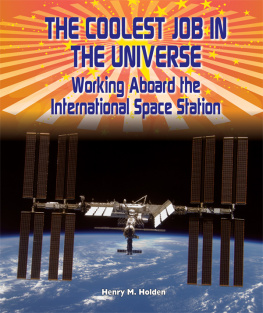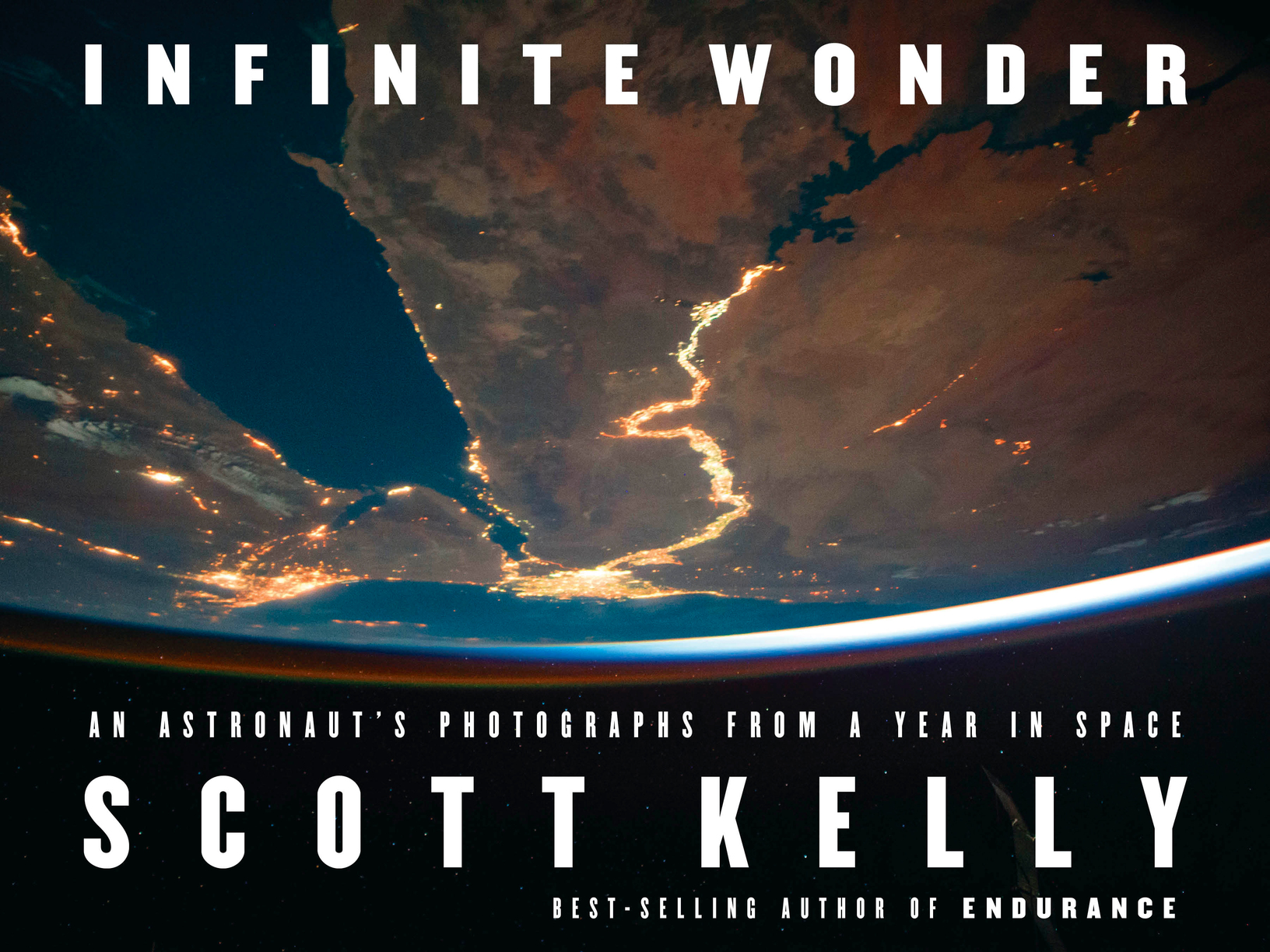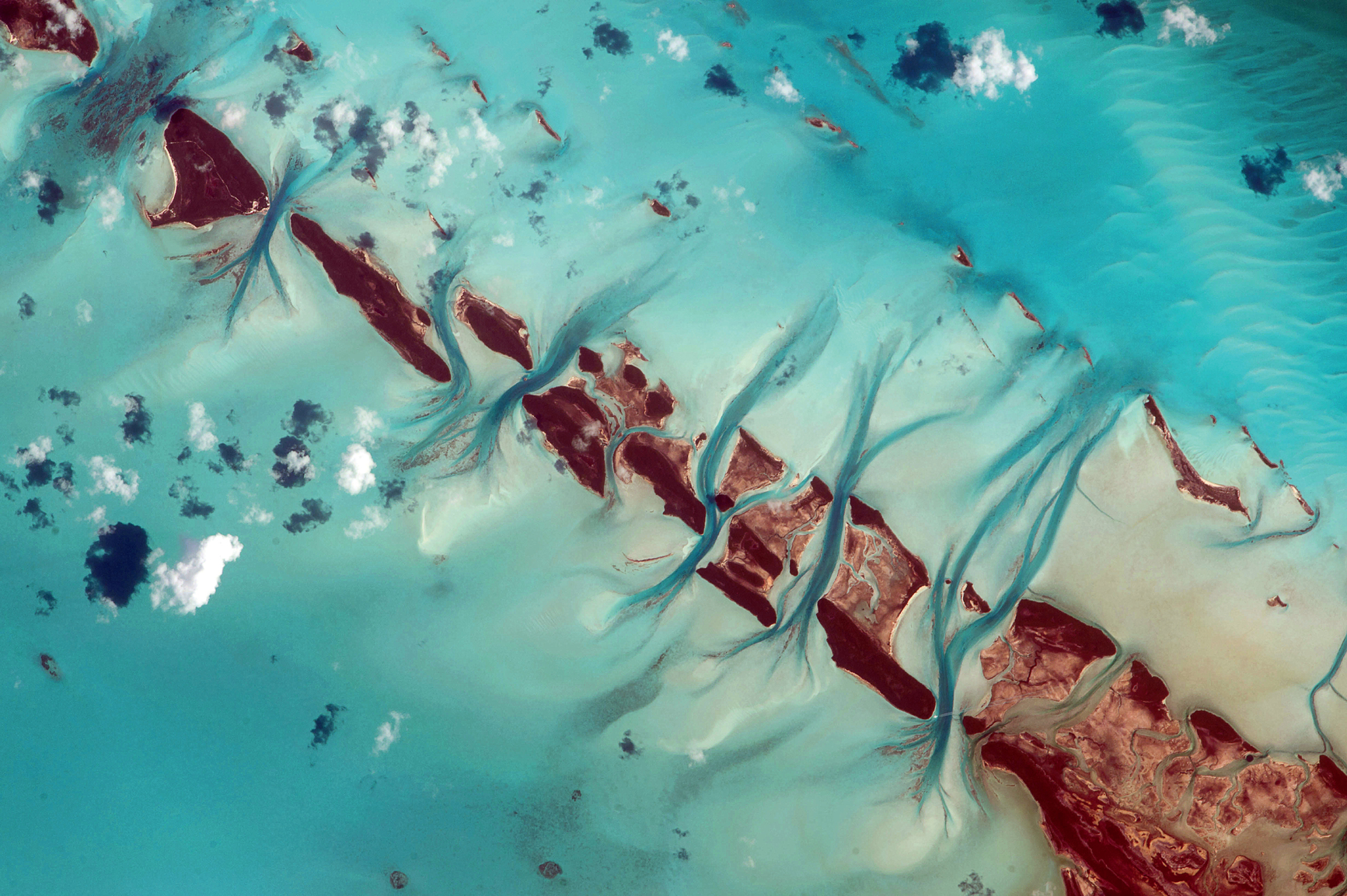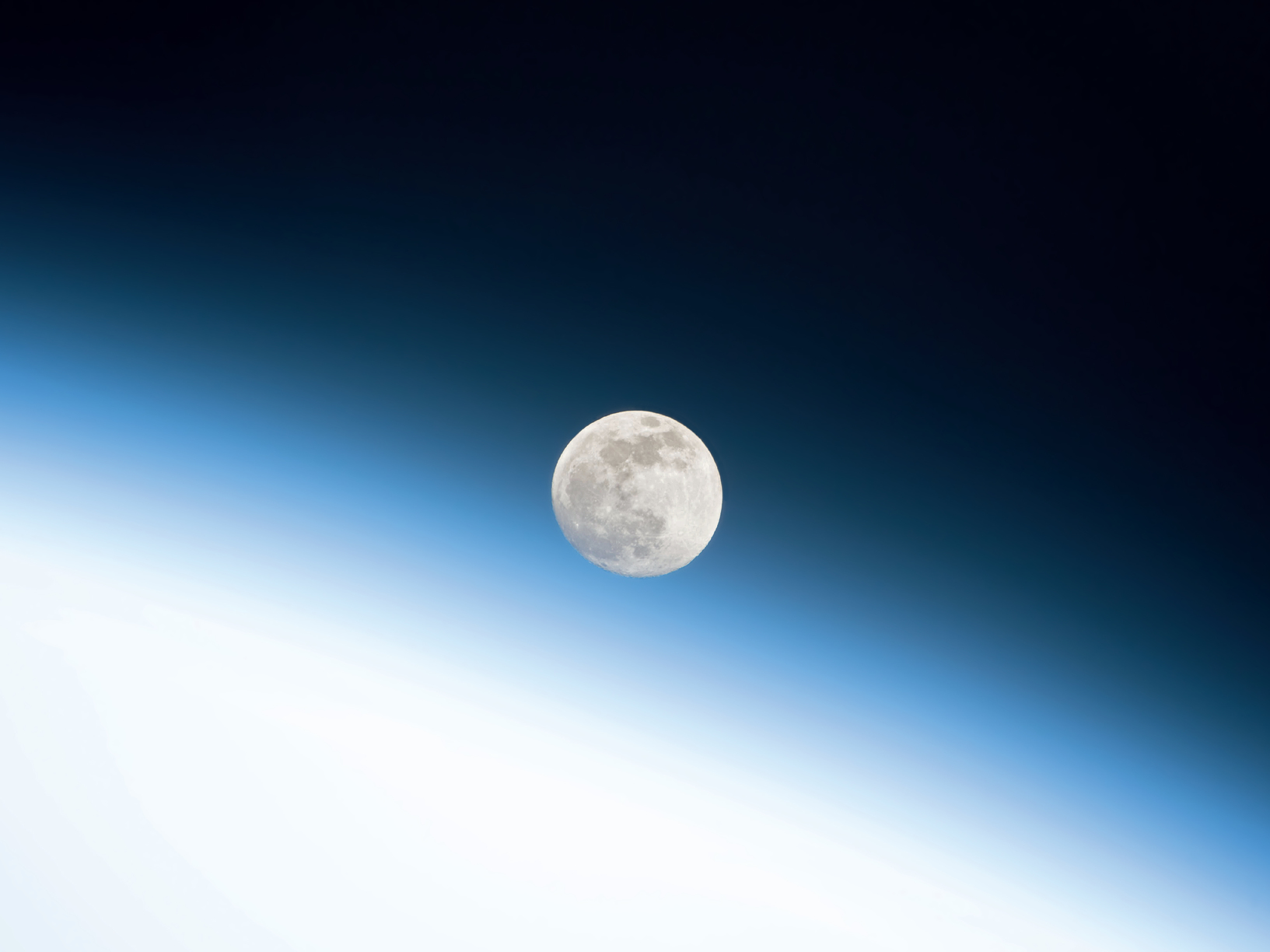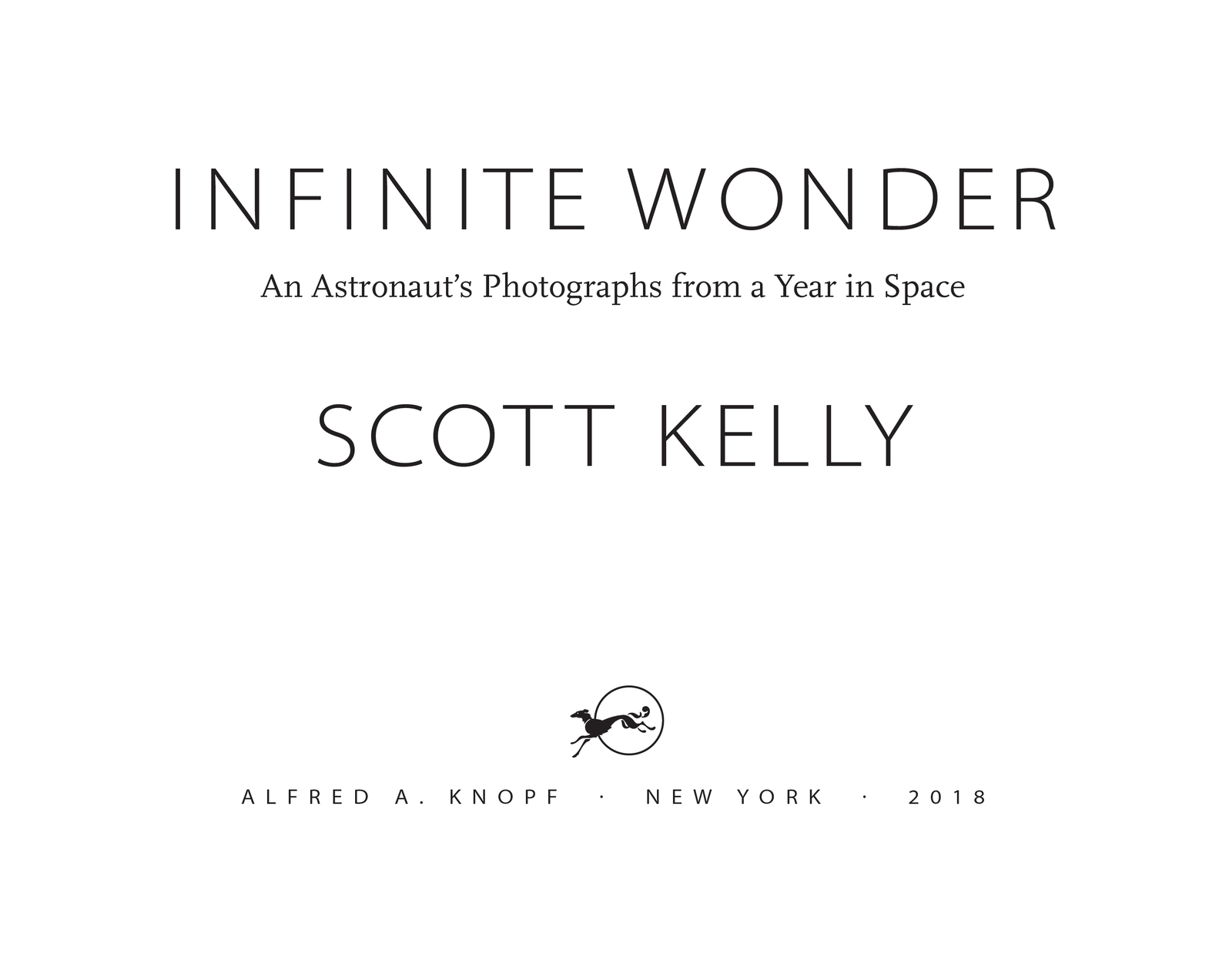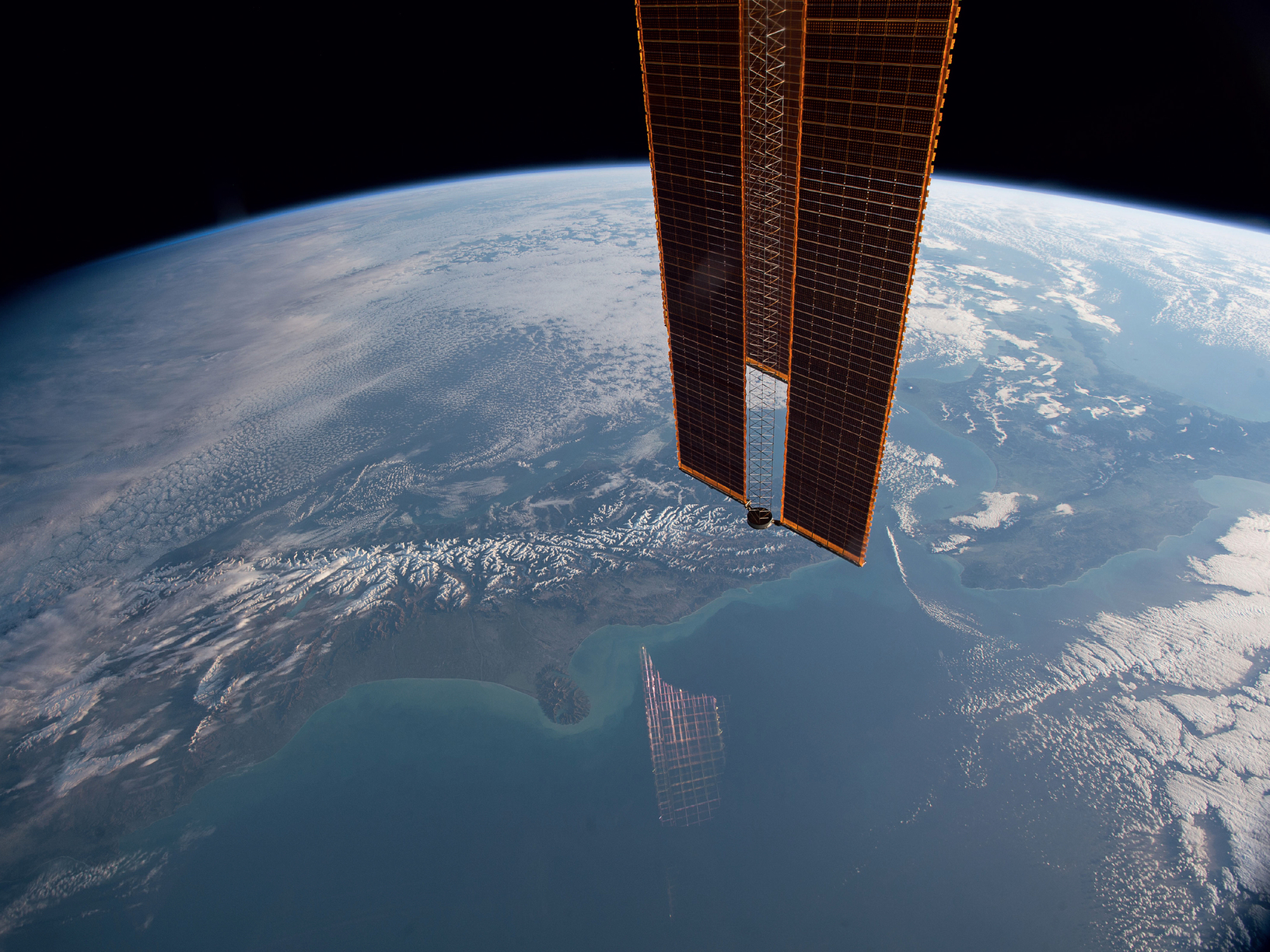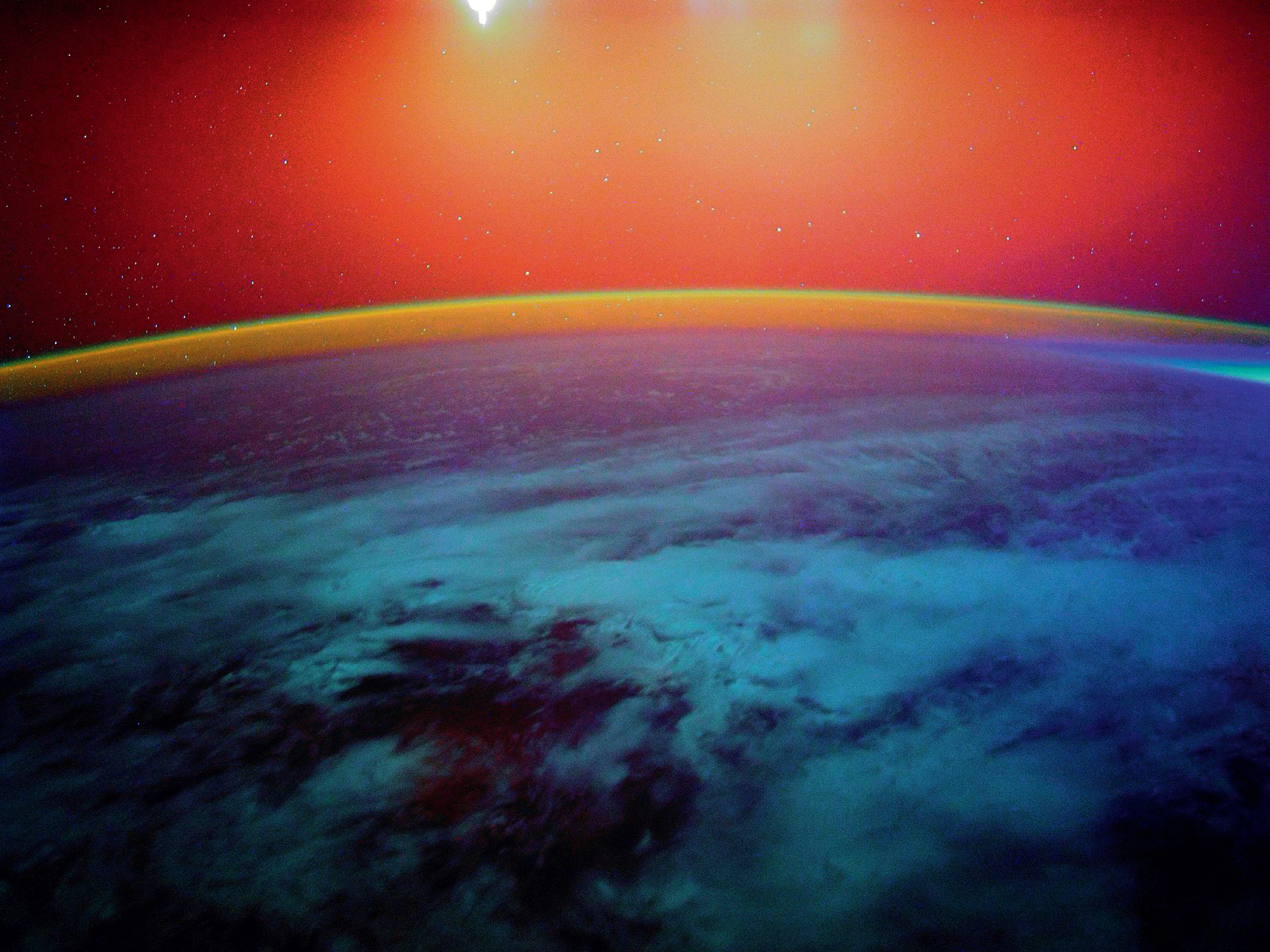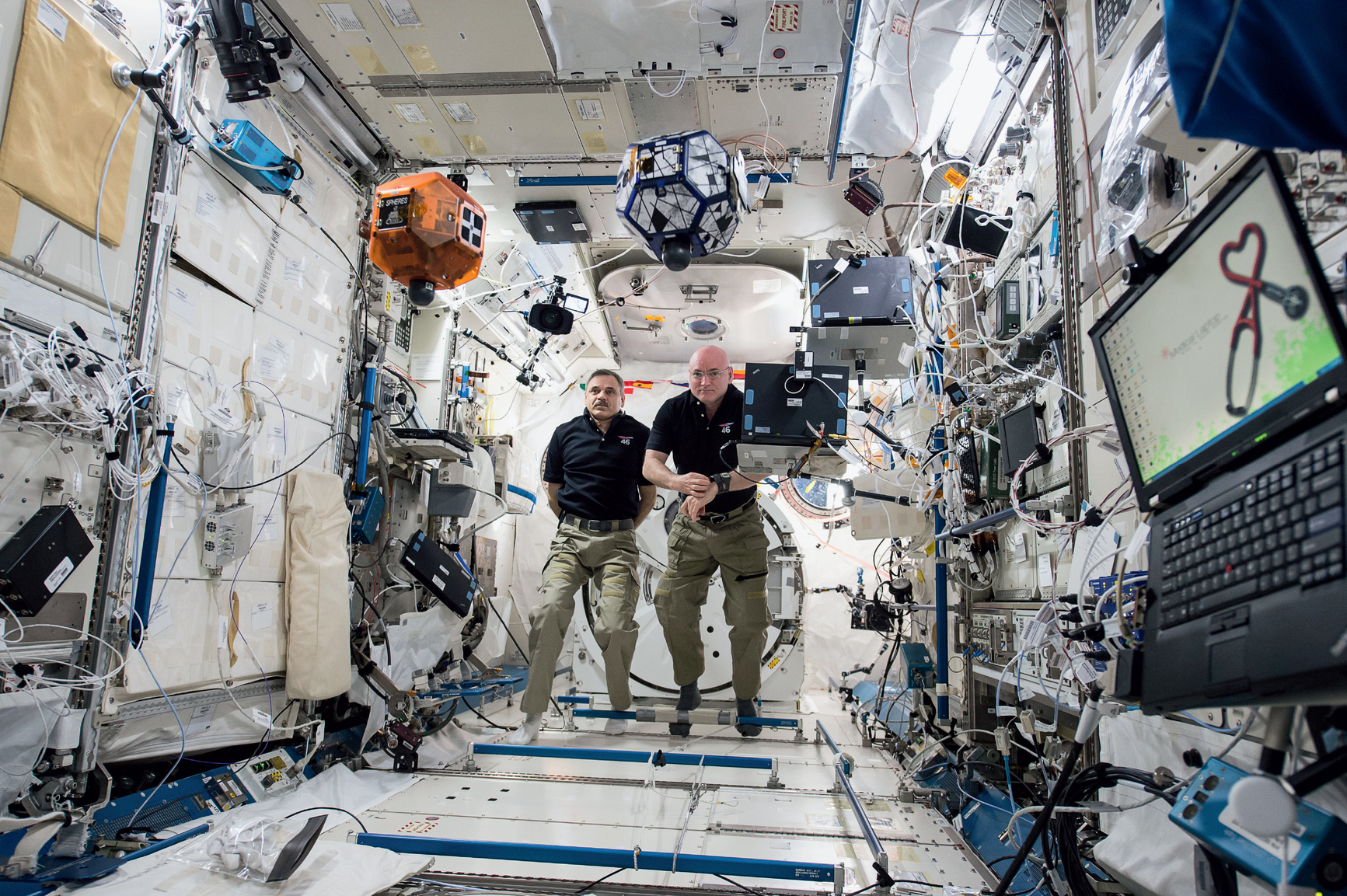For an instant before sunrise when it is still a little dark outside, the International Space Station glows as if it is on fire.
PREFACE
My first flight into space was aboard the space shuttle Discovery in December 1999 on a mission to repair the Hubble Space Telescope. There are many things about a first space flight that are surprising: the adrenaline rush of the launch countdown, the roar of the main engines, and the sheer power of the solid rocket motors as they explode with millions of pounds of instantaneous thrust. These all pale, however, in comparison to the beautiful views of the Earth. After our eight-and-a-half-minute ride into orbit I glanced outside and saw something on the horizon that seemed completely surreal. I turned to the commander of the mission, Curt Brown, and asked excitedly, What the hell is that? Curt, on his sixth flight into space, replied nonchalantly, Oh, thats the sunrise. I was awestruck. Later, I would admire the luminescent waters of the ocean, as if someone had taken the most brilliant blue paint and brushed it across a mirror right in front of my eyes. The bright reds, oranges, and yellows of the deserts were often juxtaposed against the blues of the adjacent waters. The majestic mountain ranges on the horizon seemingly reached out to touch space. It was clear I would never see something more beautiful than the Earth.
My first flight into space was only eight days. I would have to wait nearly eight years to experience the Earth from space again. But it wasnt until my third flight into space in 2010, a long-duration flight to the International Space Station (ISS), launching aboard a Russian Soyuz, that I had the time to fully appreciate my vantage point high above the planet. On this mission I honed some of the skills that would allow me to capture images of the Earth that I would enhance to emphasize their beauty.
In the microgravity environment of space, taking photos is challenging, and I had to find unique ways to support the camera and myself. Since the Earth was moving past at a blistering 17,500 miles per hour, I had to pan the camera steadily and quickly as the shutter released, otherwise the image would smear and appear out of focus. We were flying at five miles per second, so opportunities to compose compelling photos came and went rapidly.
Using a long 800 mm lens coupled with a 1.4 magnifying zoom lens and after much practice, I was able to capture spots of the Earth that caught my eye. Setting the perfect aperture and shutter speeds and taking advantage of an uncommon viewpointkey elements of photography and compositionI was able to create what I hope are intriguing and abstract images. The enhancement of the color was done with the help of a software program called Picasa, which enabled me to add dramatic effects to produce the artistic images I sought. Having worked hard to perfect this technique on the 159-day mission, I was as prepared as I was going to be to take the finest photos of which I am capable.
Fast-forward fifteen years from my first flight into space, and again I was boarding a Russian Soyuz rocket, in Kazakhstan, for my third launch to the International Space Station, where I was to stay for a year. My mission, and that of my Russian colleague Misha Kornienko, was to understand the negative effects on the human body and mind of ultra-long-duration space flight, so when we venture farther out from our planet we will be prepared.
With my Russian colleague Misha Kornienko operating the SPHERES experiment, two autonomous robotic satellites that are the closest thing we have to BB-8 from Star Wars
Living in space for a year, I had the time to learn our planetits geography, its nuances, and all the surprises it has to offerlike few others have ever had. To quote Doug Wheelock, one of my former astronaut colleagues, The Earth never disappoints.
Most of my days on the space station were filled with conducting scientific experiments, repairing hardware that had failed, or doing general maintenance. Photographing the Earth and space was more of a hobby than a critical part of my job, although we were scheduled daily to take pictures of specific spots on Earth for scientific observation, documenting the effects of our changing environment from human causes like urban growth and water depletion, as well as natural dynamic events such as hurricanes, floods, wildfires, and volcanic eruptions. The photos we took of such natural disasters were used to support disaster response and humanitarian aid efforts by mapping and identifying the extent of the resulting damage.







